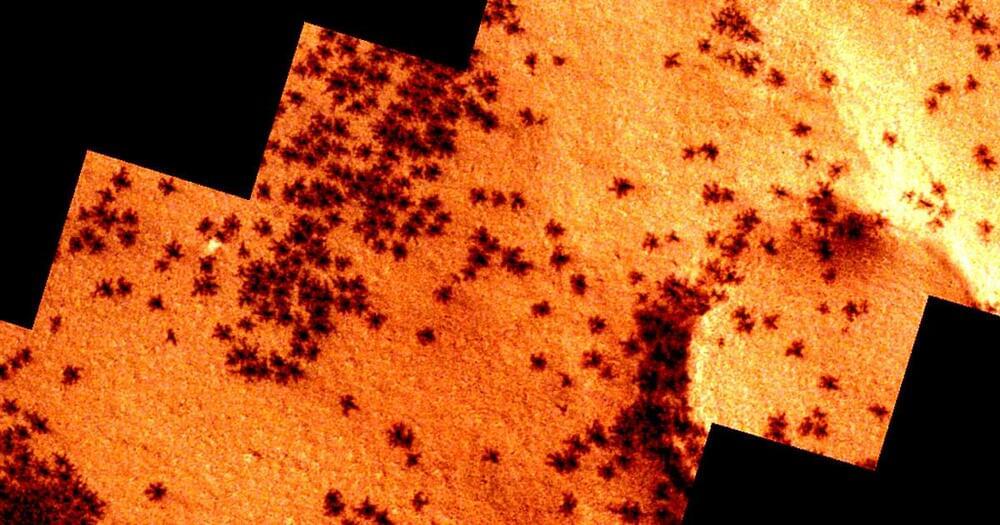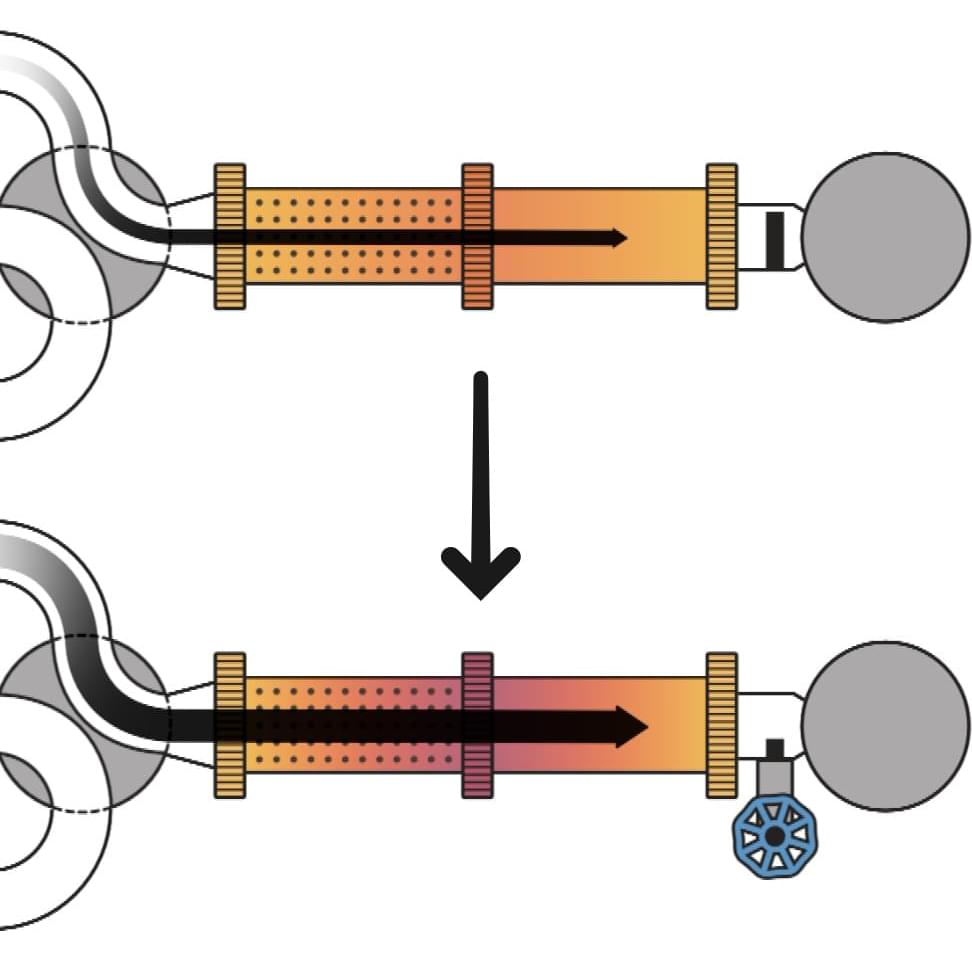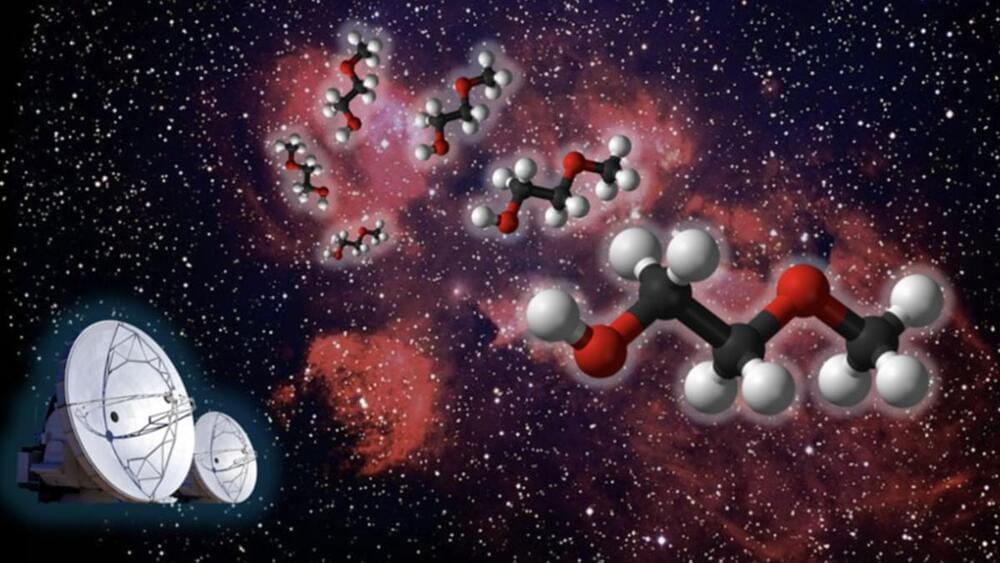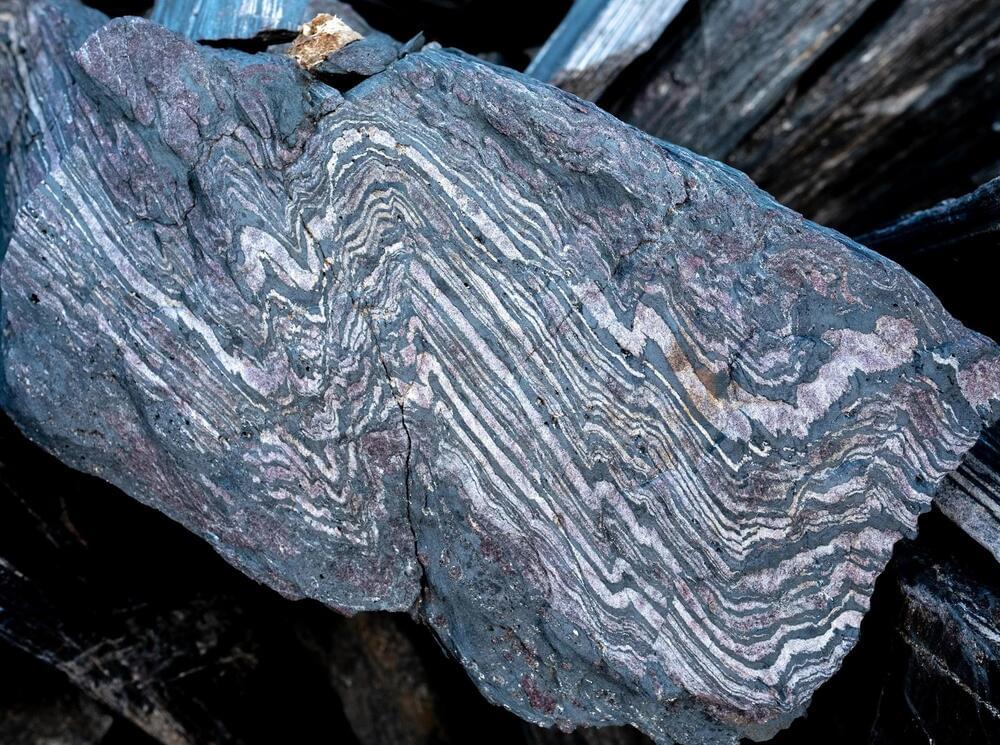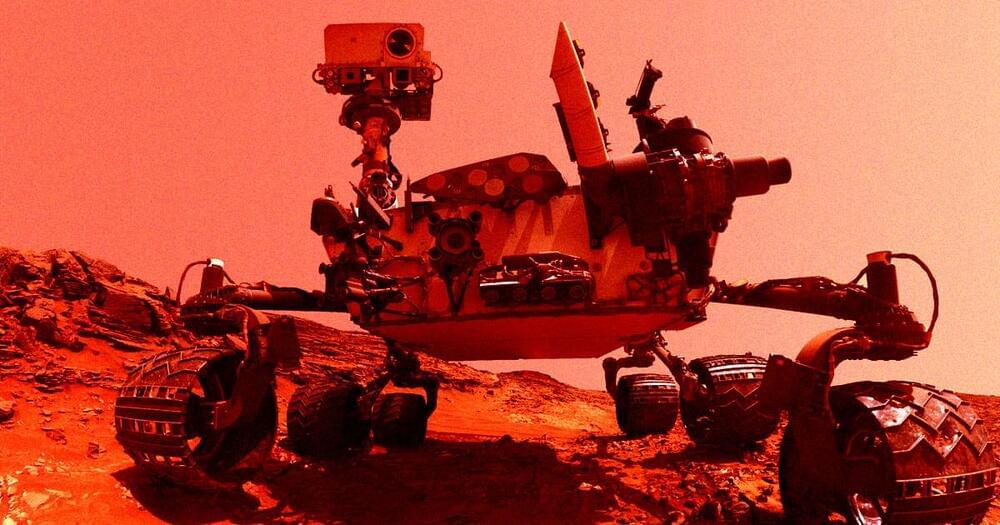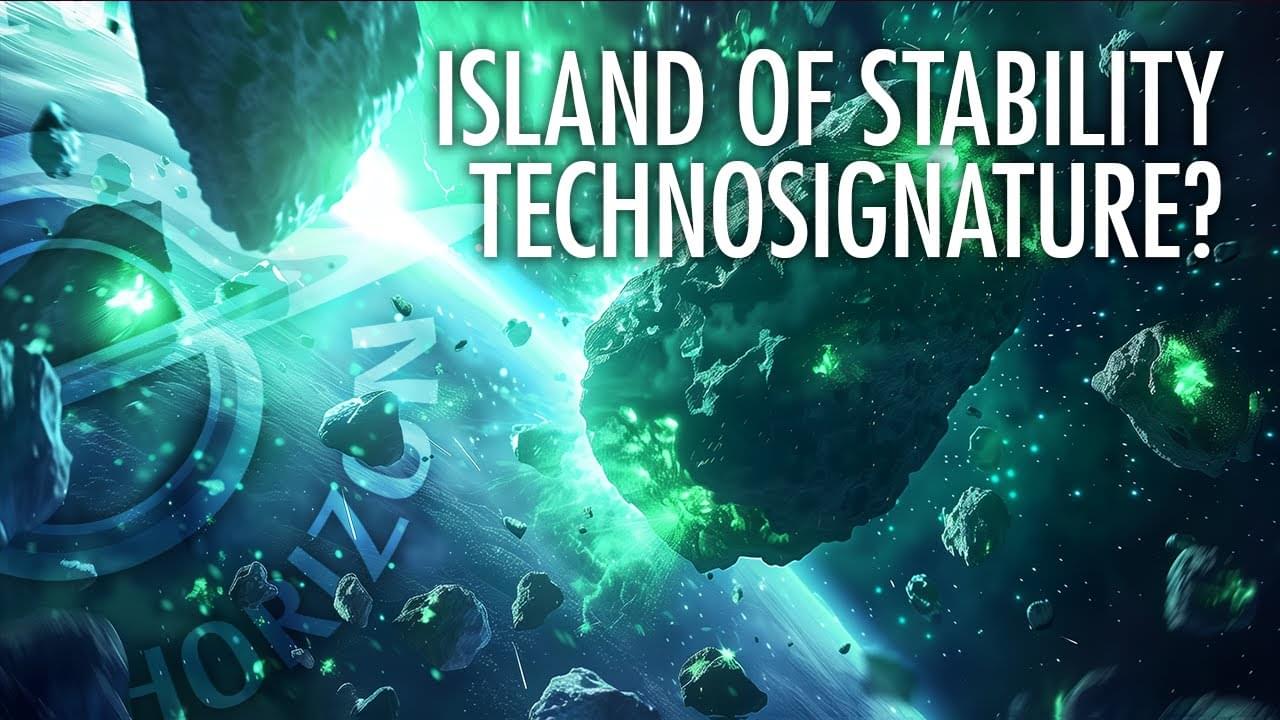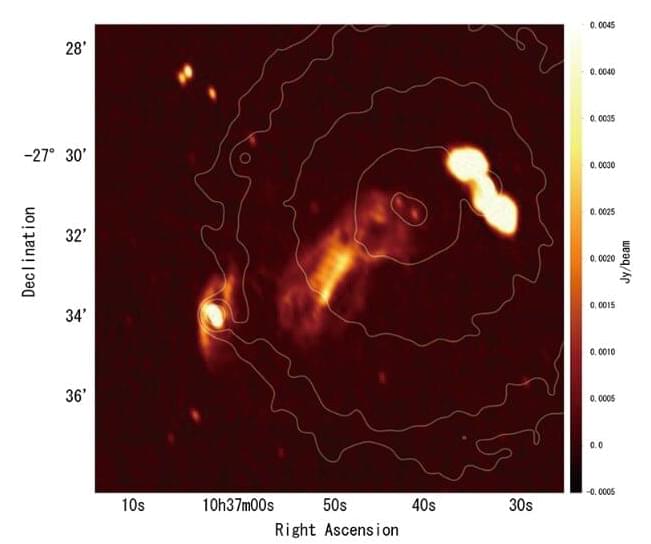Apr 26, 2024
Orbiter Spots “Spiders” on Surface of Mars
Posted by Quinn Sena in categories: materials, space
Imagine a real spider 3,300 feet across.
The European Space Agency’s Mars Express orbiter has spotted “spiders” on the Red Planet’s southern polar region.
But they’re not the arachnids we fear or adore back on Earth — they’re the result of a complex geological process that causes carbon dioxide to sublimate, digging up darker material from below the surface during the planet’s spring.
Continue reading “Orbiter Spots ‘Spiders’ on Surface of Mars” »
